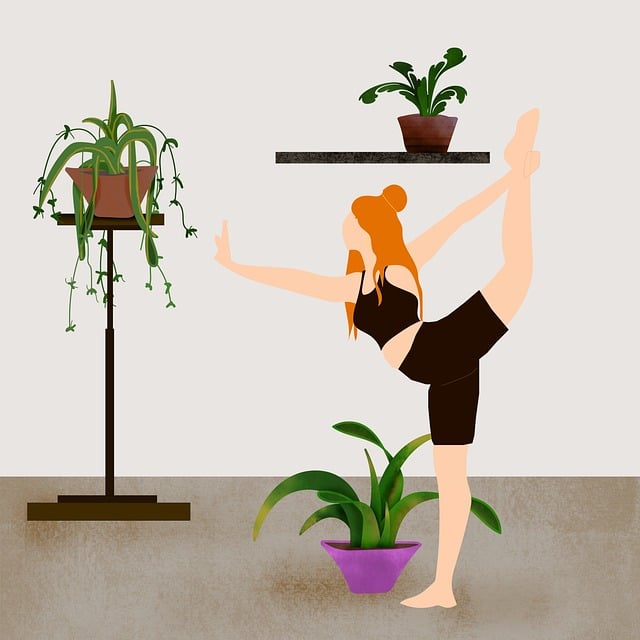Written by Alexa Rives, MA, LPCC
Staff Therapist, Pennock Center for Counseling
 The interplay between physical health and mental health has been a rising topic in both psychology and medicine, as it can help inform the ways individuals and systems promote healing for more holistic, healthful outcomes. Most recently, the way this has been studied in health psychology is through the lens of the bio-psycho-social model. It is a fairly straightforward descriptor, highlighting the importance of understanding the larger picture when considering how the mind, the body, and the environment inform each other to promote, or diminish, well-being. Through this lens, the reciprocal nature of the mind-body connection has become clear in the data: when you feel good, you think good… and when you feel bad you think bad. Additionally, studies show that the way one thinks about their health has a significant impact on how they enact health promoting behaviors and the resulting health outcomes.
The interplay between physical health and mental health has been a rising topic in both psychology and medicine, as it can help inform the ways individuals and systems promote healing for more holistic, healthful outcomes. Most recently, the way this has been studied in health psychology is through the lens of the bio-psycho-social model. It is a fairly straightforward descriptor, highlighting the importance of understanding the larger picture when considering how the mind, the body, and the environment inform each other to promote, or diminish, well-being. Through this lens, the reciprocal nature of the mind-body connection has become clear in the data: when you feel good, you think good… and when you feel bad you think bad. Additionally, studies show that the way one thinks about their health has a significant impact on how they enact health promoting behaviors and the resulting health outcomes.
All of that is well and good, but what does it mean for us as individuals? How do we apply this? An important and simple way to refine this information for personal use is focusing on “healthy movement”. It is likely that this is not a new concept to most. Doctors tell their patients that exercise is good for them, articles tout the mental health benefits of incorporating an exercise routine. Without the proper information, however, this might sound like a daunting task and dissuade readers and patients from even considering this option. “Healthy movement” is likely a lot simpler than it sounds. Non-painful movements that may fall below the threshold of “exercise” that empower people to maintain their autonomy in performing Activities of Daily Living (ADLs) are the foundation for incorporating the benefits of the mind-body connection.
ADLs are defined by the requirements of an individual to perform various tasks of upkeep – dressing oneself, navigating indoor and outdoor spaces, transportation, meal preparation, etc. These tasks may seem insignificant to a hale individual and therefore merit less attention or practice. And yet, in studies of communities in which members regularly live to be octogenarians, nonagenarians, and even centenarians, there is a clear connection between movement and longevity. Dan Buettner, the man who initiated research into “Blue Zones”, noted that each of these communities foster the practice of playing with children and grandchildren, walking to and from stores, and managing gardens and outdoor spaces for all ages.
While there may be an argument to be made for the benefits or more rigorous activities, the benefit of comparably small movements ought not be overlooked. Getting outside for short walks around the block, making dinner with family and friends, playing with your children or your grandchildren, and even practicing getting yourself into and out of a seated position from the floor can make a bigger impact on your life than you might think. So – rather than convincing yourself that you have to start running marathons for health benefits, or shirking the responsibility of maintaining ADLs for “future you” – what small additions might you consider incorporating now to improve your thinking and your feeling, both short and long term?
